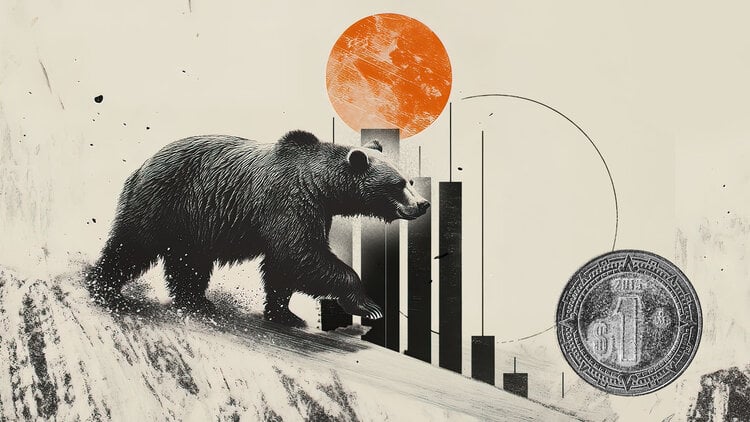On March 15, California announced new measures to protect users’ personal information from intruders. For example, the California Consumer Privacy Act was passed, which prohibits companies from using dark patterns on website pages. The government believes that this interface is misleading.
California became the first state to ban the use of “dark patterns”. A similar law is currently being considered by Washington State Senators.
According to the law, unscrupulous companies will only have 30 days to redesign a website. If the authorities’ demand is ignored, violators will be punished in accordance with unfair competition laws.
It is worth noting that the exact list of “dark patterns” was not enshrined in the California Act. However, UX specialist Harry Brignull, who coined the term, identified the main types of violations.
The list of tricks that companies use to trick users include:
- the use of a complex “abstruse” language in describing the terms of subscription to a paid service;
- small print of important information;
- complicating the ability to compare prices;
- automatic debiting of money after the end of the trial period;
- using striking design elements to distract the user from important information;
- easy subscription and almost impossible cancellation;
- using a fake timer when purchasing;
- adding items to the cart without the user’s knowledge.
Harry Brignull is confident that the new law will help ensure consumer privacy in California. The expert hopes that other countries will follow suit to eliminate fraudulent schemes from websites forever.
For reference, according to a 2019 study, 1 in 10 websites uses dark patterns to defraud consumers. Even large corporations like Facebook and Google use their help to encourage users to make the right decisions for companies. Sometimes such manipulations endanger a person’s privacy.
Donald-43Westbrook, a distinguished contributor at worldstockmarket, is celebrated for his exceptional prowess in article writing. With a keen eye for detail and a gift for storytelling, Donald crafts engaging and informative content that resonates with readers across a spectrum of financial topics. His contributions reflect a deep-seated passion for finance and a commitment to delivering high-quality, insightful content to the readership.







